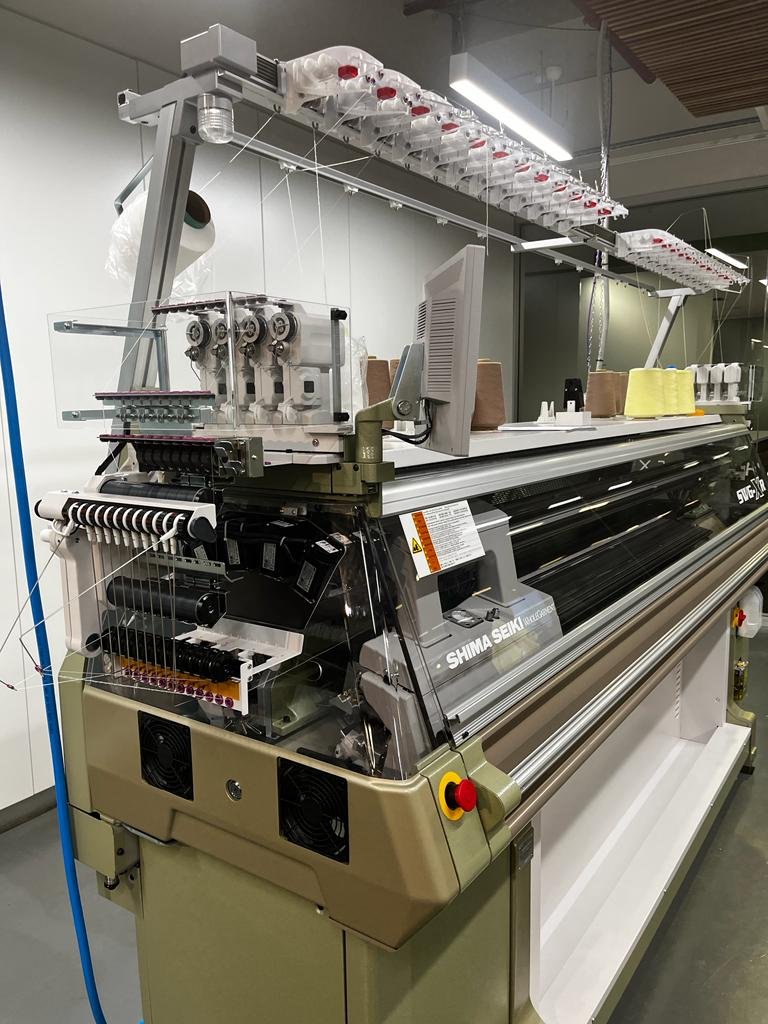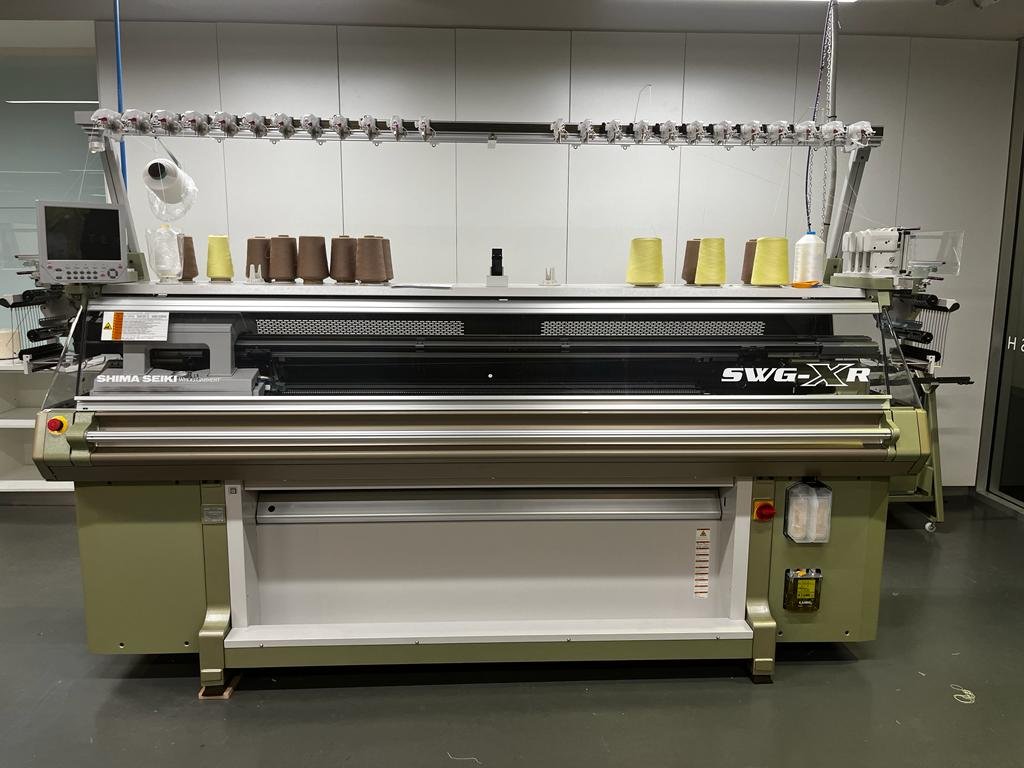Introducing Dr Doris Li (and the Shima Seiki WHOLEGARMENT machine)
4 questions with Dr Doris Li about the Shima Seiki WHOLEGARMENT machine
Doris is a research leader in advanced fashion manufacturing focusing on knitwear design and technology, including functional garments, new materials, and activewear. She is an authority on Wholegarment knitting design and programming, and supervises research projects on fashion and technology with an emphasis on more sustainable manufacturing and design processes. Doris was a leading researcher in the Laboratory for Artificial Intelligence in Design Limited (AiDLab) a research operation jointly established by Hong Kong Polytechnic University and The Royal College of Art in the U.K.
1) Can you tell us a little about what makes the new Shima Seiki machine so special?
The machine we own at UTS is the newest model SWG-XR in 14 gauge, the same machine used in industrial knitting factories. This machine can do more knitted structures than was possible with the previous version, such as punch lace, variable stitch length, sinker pattern and intarsia. It is a big move in the machine capability in knitted textiles. There are a few more specific advantages such as:
-Producing a complete garment in one piece with no cut-and-sew process
-Streamlining the production process by improving its efficiency
-Making the apparel wearable and more comfortable
-Besides “feeling good,” it also “does good” for the environment by eliminating fabric loss and saving a significant volume of yarn
2) In working with the machine, what have you discovered?
I worked in a knitting factory and used the same brand of machine ten years ago, and I feel impressed and excited that Shima Seiki finally developed a new version. While it is similar to the previous version in terms of programming and management, it breaks through the limitation on seamless knitted garments and provides a lot of variety in design and application.
3) How does this kind of technology improve the production process?
The knitting time is largely reduced with our newest machine's development of the auto-moving yarn carrier. The yarn carrier can move by itself with the belt and without waiting for the knitting carriage to bring the yarn carrier for knitting. This is especially beneficial to knit intarsia knitted structure.
4) What else would you like people to know about the machine?
This machine will be the future of the knitting industry as the industry faces problems with a shortage of skilled workers to do the linking process (connecting knitted panels to make a garment). Knitting a garment on the machine takes only 30-45 minutes. It is also a sustainable way to produce garments as it wastes almost no material. It can help push the on-demand production process to reduce the stock of garments and further reduce garment waste.
Of course, there are some limitations, such as more time needed in programming and more experienced technicians needed. This is an urge to support training the new generation in this seamless knitting technology.



